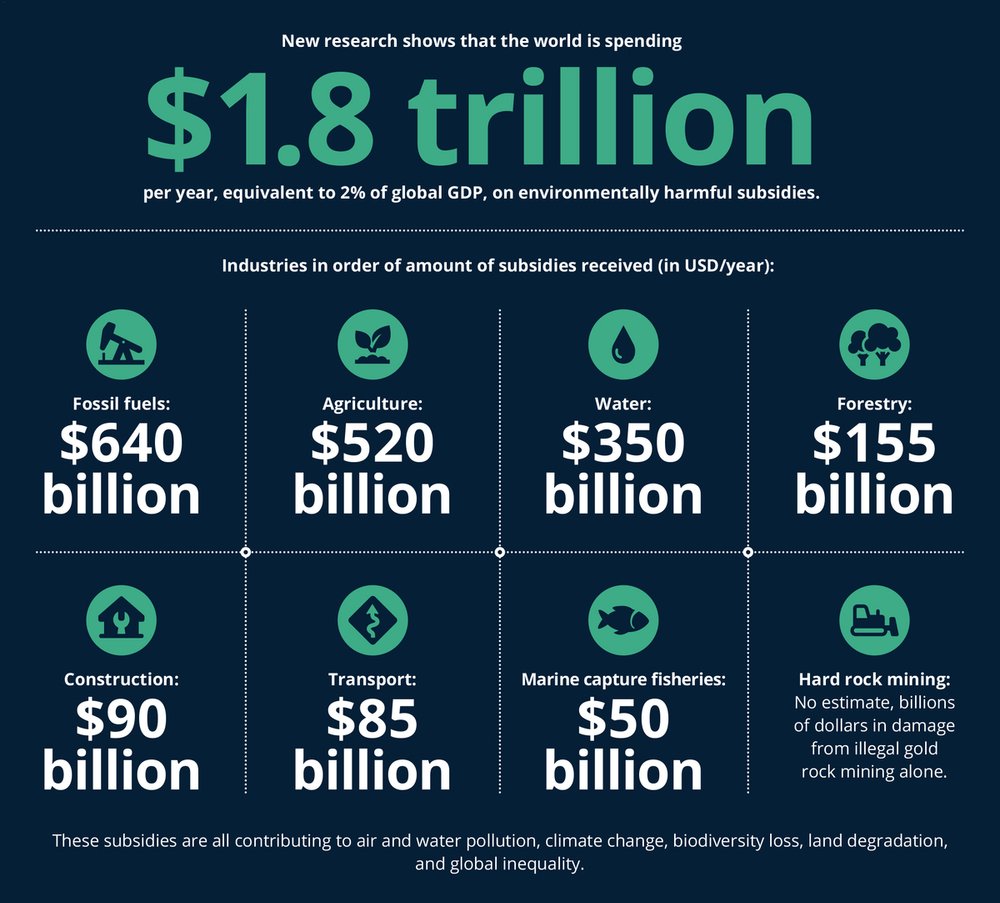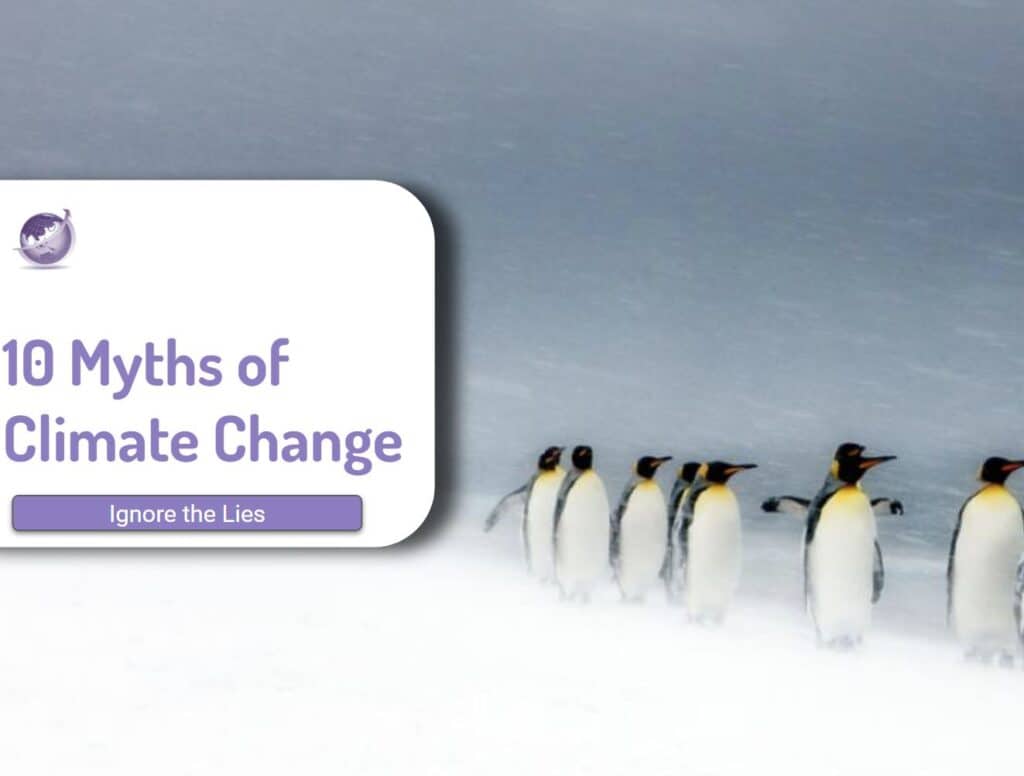Research shows we need to cut 2 percent GDP fossil fuel subsidies. Globally, governments spent over $5.9 trillion on fossil fuel subsidies or 6.8 percent of GDP in 2020. That’s expected to increase to 7.4 percent of GDP in 2025 (IMF)
Would we want to continue to subsidise fossil fuel at $11 billion a minute? That money is increasing the risk of our own destruction. Why not redirect at least 2% to climate mitigation to reduce the risk of climate change? Demand the fossil fuel companies do a 180-degree turn around. We could then meet the net-zero carbon emissions plan. Sounds too simple? Not based on the most recent analysis of what companies and governments spend on fossil fuel subsidies?
The estimated investment to achieve net zero is 2 percent of GDP. Why should governments not stop or redirect fossil fuel subsidies?
Change Fossil Fuel Subdies Direction
Currently, incentives to the fossil fuel industry are 2% of GDP worsening CO2 emissions.
Alternatively, 2% spent on renewable energy projects would reverse the impact.
Outrage and Optimism
In their 140 podcast Every Country Could Be Carbon Negative with Erika Mouynes, the hosts reported that the world’s governments are currently subsidizing our own destruction to the tune of $1.8 Trillion a year…yeah. Not good. What does it look like to turn these subsidies around to promote nature, clean energy, and equitable access to energy across continents?
How do we cut 2 percent GDP fossil fuel subsidies
This infographic show what we spend that money on. The IMF says we spend 11m per minute or $1.2 trillion but this report says that is under stated. We also spend an enormous amount on destruction of our environment. Some, like agriculture were set in motion decades ago, but we still pay out even though the world has changed.

Fossil Gas Subsidies In Australia
A report from the Australia Institute shows that the LNP Coalition Govt of 2019 to 2022 sat on a $100-billion gas-tax rort. In 2019, the Australia Institute reckoned fixing the gas transfer pricing rort could increase Commonwealth revenue by $68 billion between 2027 and 2039, and $89 billion between 2023 and 2050. That was when gas was cheap. Asian liquified natural gas (LNG) spot prices are now about three times what they were in 2019 – so pick whatever multiple of $89 billion you like – depending on how long you think Russian gas will have pariah status and how long it takes the world to wean itself off carbon.
About $900m in resources royalty is paid on the $62.5b industry. And no tax.
Companies exporting gas from Australia are 95 per cent in foreign hands. (Australia Institute) (Canberra Times) Seven of 10 gas export projects are at least 90 per cent owned internationally. Transfer pricing and complex financial arrangements mean few royalties flow to Australia.









